
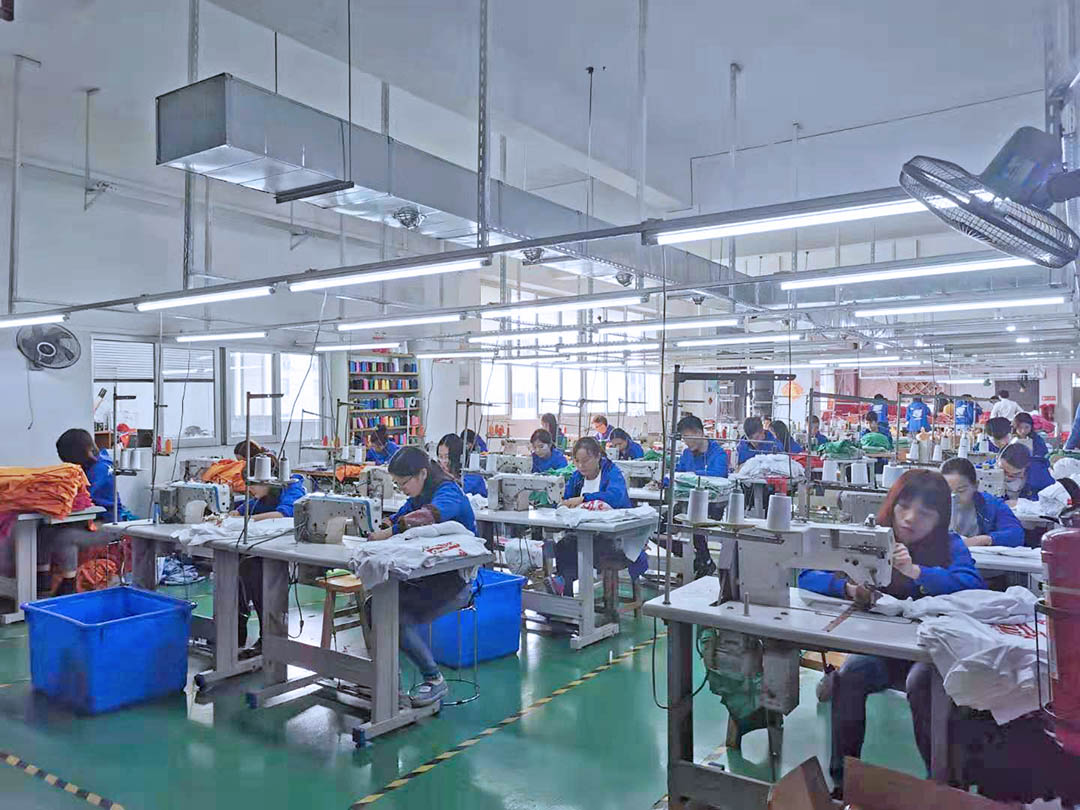
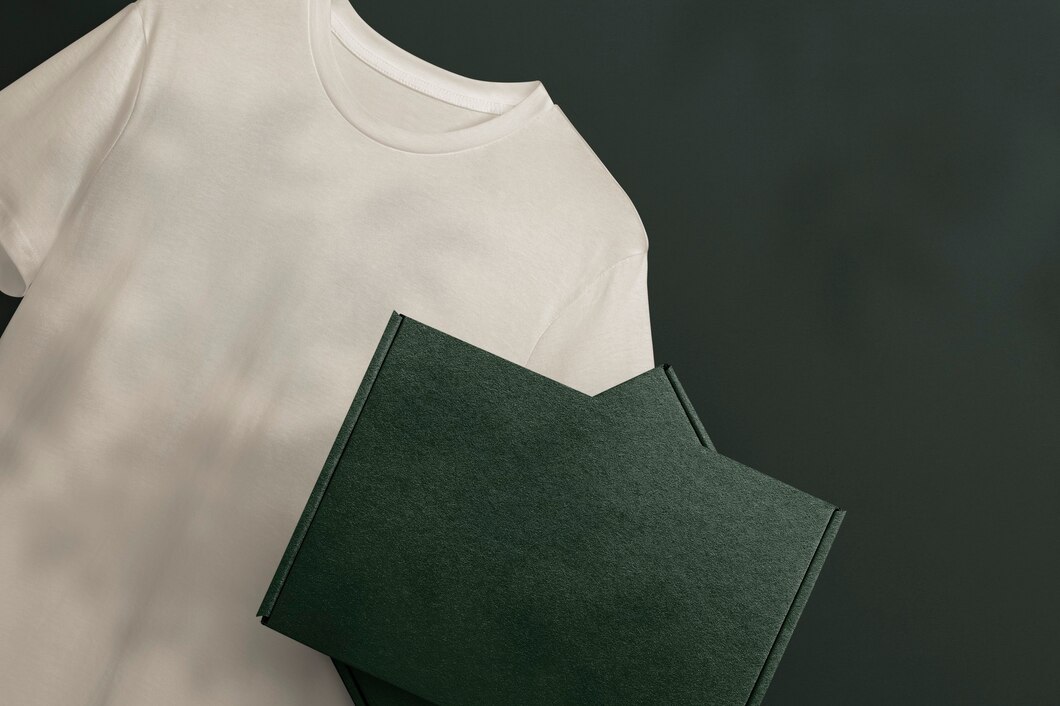
As Southeast Asia emerges as a low-cost manufacturing hub, Chinese textile OEMs face intensified competition for global orders. Yet, despite rising labor costs and geopolitical headwinds, industry leaders like Gahumi continue to secure partnerships with top brands by leveraging technical barriers to entry, advanced automation, and vertically integrated ecosystems. This article analyzes how China’s textile manufacturers are countering regional rivals through innovation in precision engineering, sustainable practices, and niche specialization—particularly in complex product categories like performance apparel, multi-layer flags, and technical accessories. For brands weighing cost against quality, understanding these strategic advantages is critical to selecting OEM partners that balance affordability with uncompromised excellence.
The Southeast Asia Challenge: Cost vs. Capability
Southeast Asia’s appeal lies in lower wages (30–50% below China’s) and trade tariff advantages for exports to Western markets. However, these savings often come with limitations:
- Limited Technical Expertise: Factories struggle with intricate processes like 4-color gradient printing on towels or silicone-embossed hat logos.
- Fragmented Supply Chains: Reliance on imported fabrics and dyes increases lead times for products like quick-dry T-shirts.
- Quality Inconsistencies: Subpar stitching precision on canvas bags or uneven dye absorption on flags leads to higher defect rates.
Gahumi’s clients, by contrast, benefit from China’s mature textile engineering ecosystem, where decades of R&D have optimized everything from thread tensile strength to UV-resistant ink formulations.
3 Technical Barriers Protecting China’s OEM Dominance
🔻Barrier 1: Precision Automation for Complex Designs
While Southeast Asian factories rely on manual labor for detailed work, Gahumi’s facilities employ:
- Laser-Guided Cutting Systems: Achieve ±0.2mm accuracy for intricate flag patterns, reducing fabric waste by 18%.
- 8-Color Rotary Printers: Produce photorealistic designs on towels and T-shirts at 1200 dpi resolution—unmatched by regional competitors.
- Auto-Press Embroidery Machines: Stitch 12,000 stitches per minute on hats with 99.8% consistency.
These technologies enable Gahumi to execute designs that Southeast Asian rivals often reject as “too complex,” securing premium contracts.
🔻Barrier 2: Vertical Integration for Speed and Control
Unlike Southeast Asia’s fragmented supply chains, Gahumi’s 5,000 sqm campus houses:
- In-House Yarn Spinning: Custom-blend moisture-wicking fibers for athletic apparel.
- Dye Labs with Zero-Liquid Discharge (ZLD): Meet EU REACH standards while reducing water usage by 40%.
- End-to-End Quality Assurance: Every canvas bag undergoes 6 inspection checkpoints, ensuring <0.3% defect rates.
This integration allows 25-day lead times for 10,000-unit orders—30% faster than cross-border Southeast Asian production.
🔻Barrier 3: Niche Specialization in High-Value Segments
Gahumi dominates technically demanding niches where Southeast Asia lacks expertise:
- High-Performance Sportswear: Antibacterial golf towels with nano-coated fibers.
- Outdoor Durability: Flags made from 210D Oxford fabric with anti-fray stitching.
- Eco-Innovation: Canvas bags using 70% recycled cotton and water-based inks.
Brands prioritize these capabilities over marginal cost savings, as defects or delays erode margins more than OEM fees.
Case Study: A European Retailer’s $2M Savings via Technical Partnership
A lifestyle brand shifted 30% of its hat production to Vietnam but faced recurring issues: uneven embroidery, late deliveries, and color mismatches. By consolidating orders with Gahumi, they achieved:
- 20% Higher Pricing Power: Premium hats with gradient-dyed brims and RFID tags for inventory tracking.
- Zero Defect Penalties: Precision automation eliminated $380K in annual quality claims.
- Faster Restocks: 15-day reorder cycles vs. Vietnam’s 35-day average.
Despite a 12% higher unit cost, the brand saved $2M annually through reduced waste, faster turnover, and enhanced brand equity.
Sustainable Manufacturing as a Technical Differentiator
Southeast Asia’s weaker environmental infrastructure complicates compliance with EU/US sustainability mandates. Gahumi counters with:
- Closed-Loop Water Systems: Recycle 95% of dyeing wastewater for reuse.
- Solar-Powered Facilities: 20% energy sourced from on-site solar panels.
- OEKO-TEX® Certified Processes: Guarantee chemical-safe towels and baby apparel.
These investments align with brands’ ESG goals while preventing costly compliance failures—a growing risk for Southeast Asian suppliers.
Future-Proofing China’s OEM Leadership
To maintain dominance, Chinese OEMs like Gahumi are doubling down on:
- Custom Material R&D: Developing proprietary fabrics (e.g., fire-resistant flags for event safety).
- Smart ERP Integration: Real-time production tracking for brands managing global campaigns.
- Micro-Factory Concepts: Prototyping small-batch designs in 5 days to test trends.
Why Gahumi Outperforms Regional Competitors
With 31 years of expertise, Gahumi represents China’s next-generation OEM model: a blend of technical mastery, sustainable scale, and client-centric agility. Our 300+ engineers, 15 patented production processes, and vertically integrated campus ensure that brands receive not just products, but market-ready solutions—whether it’s a 500,000-unit flag order for the World Cup or a 500-piece luxury towel trial. In the face of Southeast Asia’s rise, we prove that technical barriers, not cheap labor, define lasting OEM value.

 T-Shirt
T-Shirt
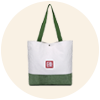 Bag
Bag
 Flag
Flag
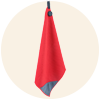 Towel
Towel
 Cap
Cap


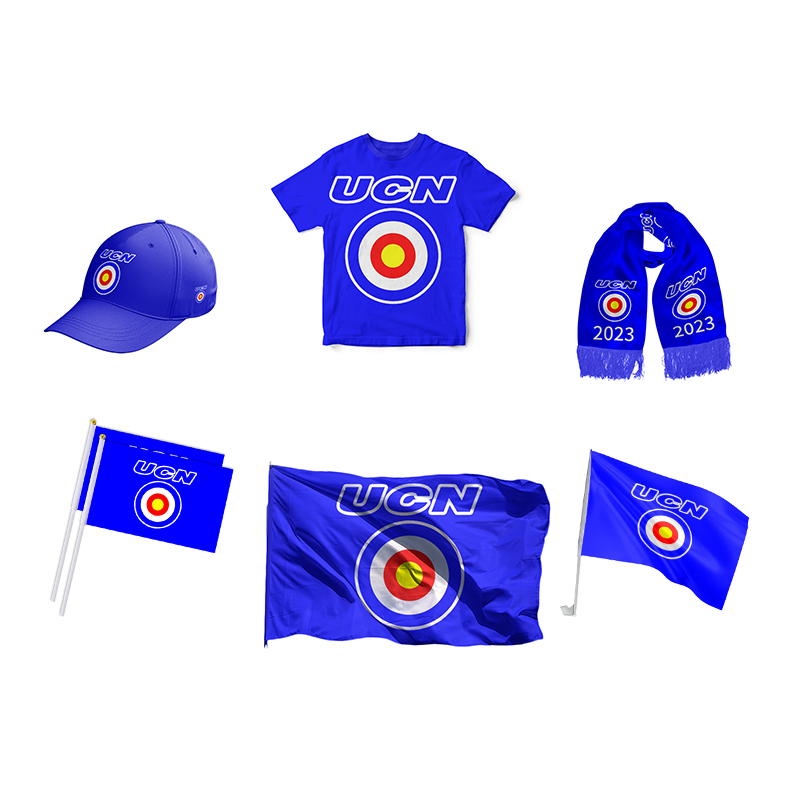
.jpg)

.jpg)





